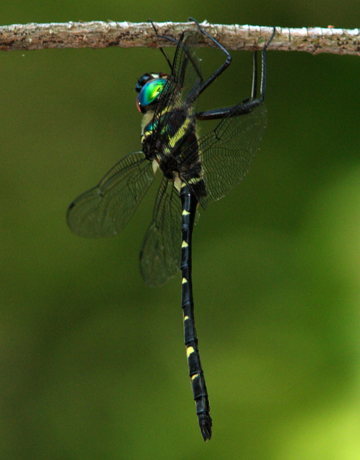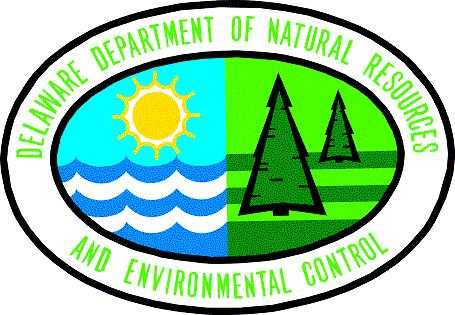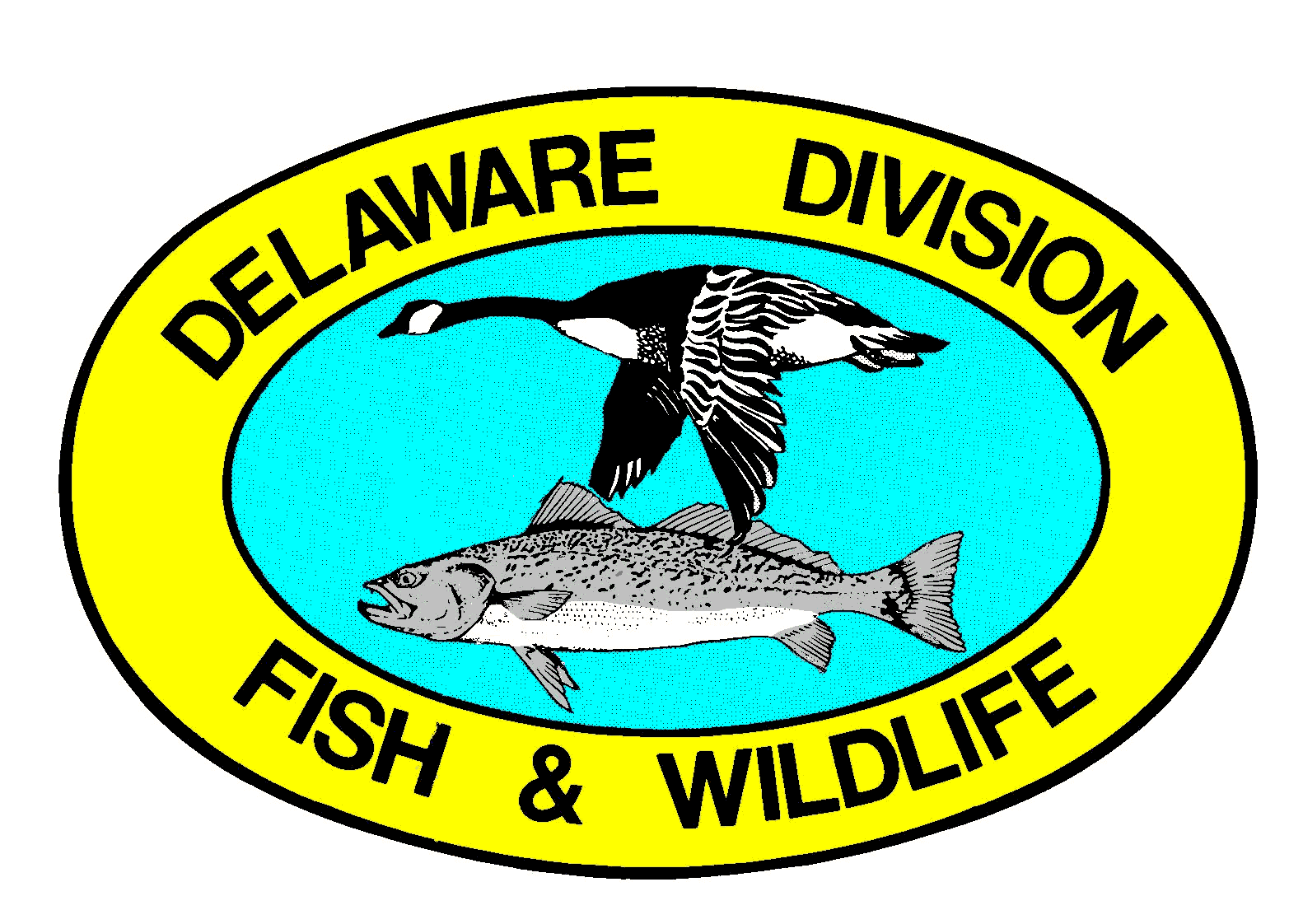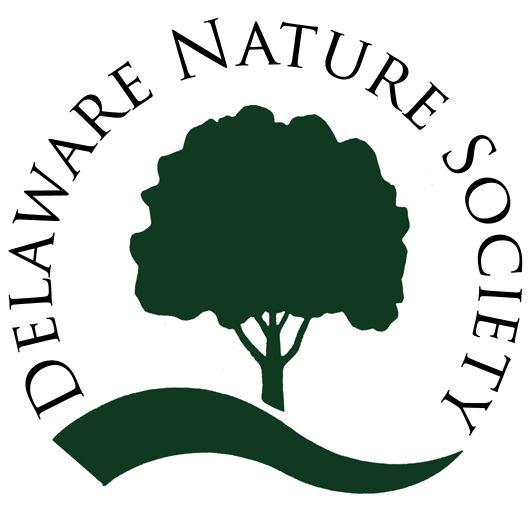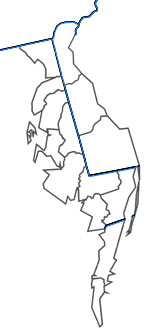
|
The
Delmarva Peninsula includes the
state of Delaware, the Eastern Shore (of the Chesapeake Bay) of
Maryland, and
two counties of Virginia. Except for the northernmost parts of Delaware
and
Maryland, this is on the Coastal Plain with elevations less than 100
feet above
sea level. While the Delmarva Peninsula is largely agricultural, there
are
numerous state parks and other natural areas that support interesting
Odonata
populations and distinctive habitats. For
example, the ponds produced by an abandoned
sand mining area in Maryland's Idylwild
Wildlife Management Area near the border of Delaware has been
surveyed
extensively in recent years has turned up the following:
Somatochlora georgiana, Celithemis fasciata,
Celithemis verna, Erythrodiplax minuscula,
Nannothemis bella, Libellula flavida,
Enallagma dubium, Enallagma pallidum, Enallagma weewa, Nehalennia
integricollis, and Telebasis byersi that are not
often
encountered in the Northeast US and should still be flying at meeting
time. The
Pocomoke River watershed is another area that supports interesting
species
often near their northern limit of distribution on the East Coast. Then
there
are salt marshes and tidal fresh water areas where other species like Libellula needhami, Brachymesia gravida,
and Erythrodiplax berenice can be
found. Nearly 130 species are known from Delmarva and hopefully new
ones will
be found during the meetings. These species are discussed in, “Natural
History
of Delmarva Dragonflies and Damselflies”, published in April.
Organizing Committee,
Hal White,
University of Delaware
Kitt Heckscher, Delaware
State University
Jim
White, Delaware Nature Society
Jim McCann, Maryland State Division of Natural
Resources |
